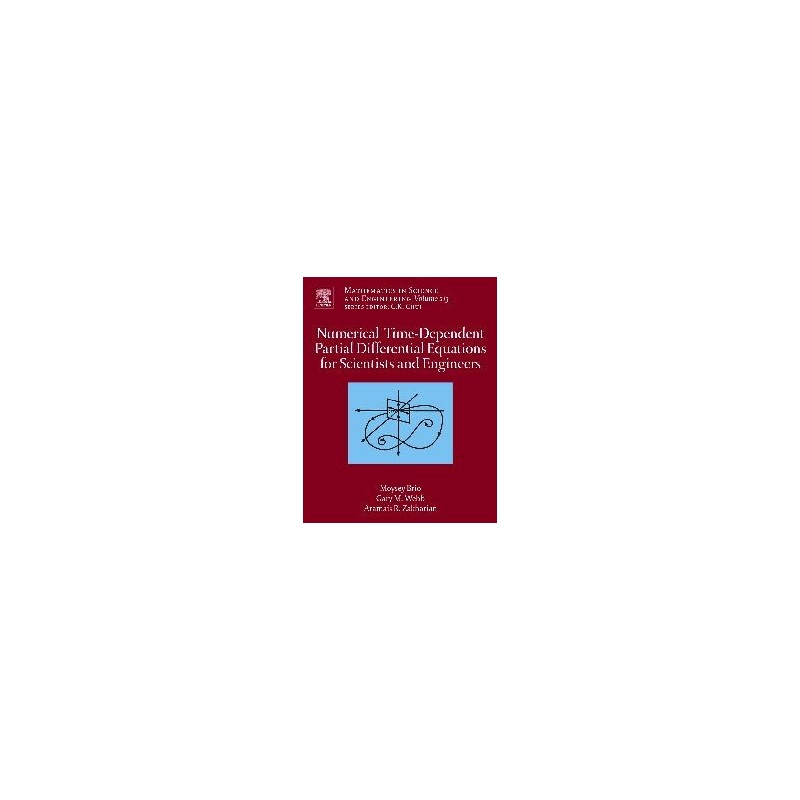- Obecnie brak na stanie



Preface;
Chapter 1 - Overview of Properties Partial Differential equations;
Chapter 2 - Methods of Discretization;
Chapter 3 - Convergence Theory for Initial Value Problems;
Chapter 4 - Numerical Boundary Conditions;
Chapter 5 - Problems with Multiple Temporal and Spatial Scales;
Chapter 6 - Nonuniform, Adaptive and Moving Grids;
Brak towaru
Brak towaru
Serwo analogowe typu mikro z plastikową przekładnią. Ma zakres ruchu 90°. GH-S37A
Brak towaru
Magnes neodymowy prostopadłościenny o wymiarach 10x5mm i wysokości 5 mm.
Brak towaru
Płytka drukowana i zaprogramowany układ do gry elektronicznej SNAKE. AVT5554 A+
Brak towaru
Brak towaru
Brak towaru
UGears Straż Pożarna to zaawansowany i funkcjonalny model mechaniczny, który z pewnością dostarczy wiele godzin satysfakcji zarówno podczas montażu, jak i późniejszej zabawy czy prezentacji jako dekoracja wnętrza. UGears 70022
Brak towaru
Brak towaru
Brak towaru
Brak towaru
Arduino ETHERNET shield 2 - płytka wyposażona jest w kontroler Ethernet WizNet W5500. Dodatkowym wyposażeniem są m.in.: gniazdo kart micro-SD, złącze RJ-45 oraz wbudowany moduł zasilania PoE. A000025
Brak towaru
Robotic Development Kit - Line Sensor - EDU
Brak towaru
2.5 mm JST XH-Style Shrouded Male Connector: 2-Pin, Right Angle
Brak towaru
Brak towaru
Brak towaru

